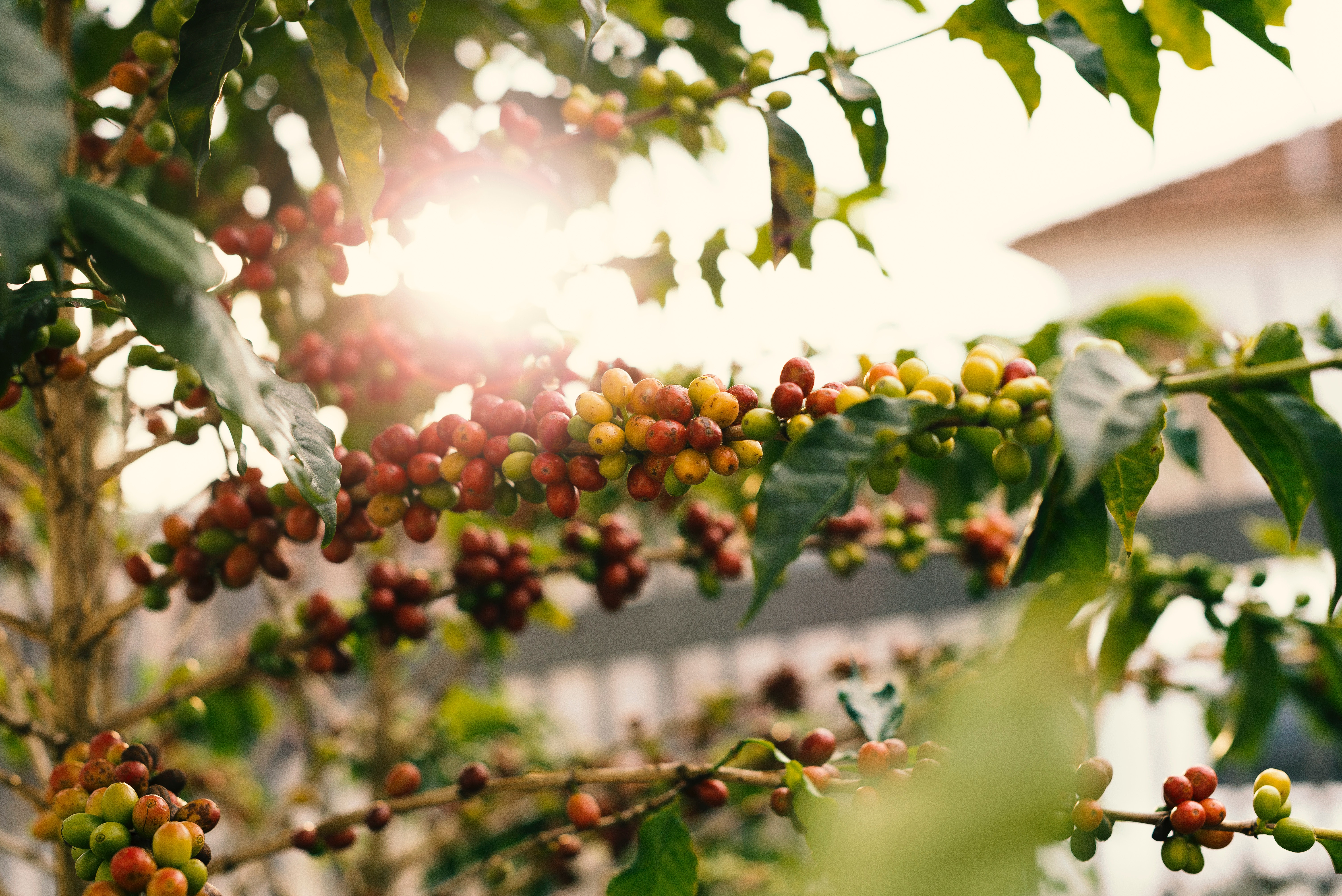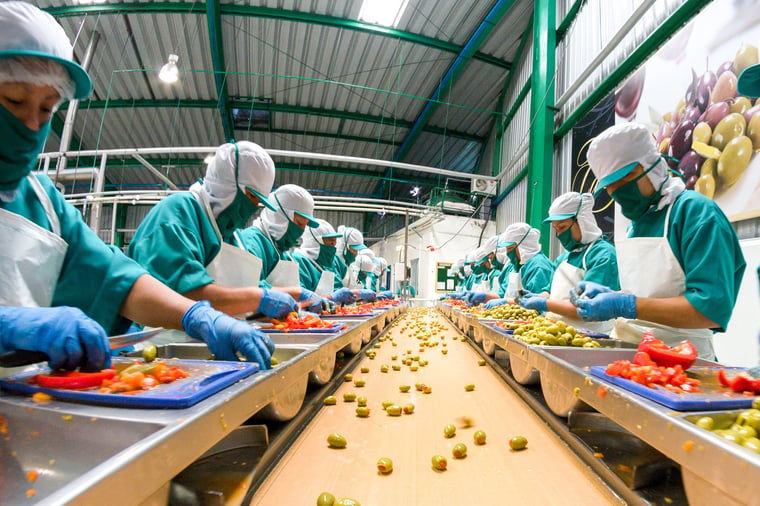In today’s business world, data and analytics are transforming nearly every industry and fresh food produce is no exception. In this blog, we’ll examine four areas where advancements in technology, namely data and analytics, are leading the way for the future of food produce.
Remote sensor technology
With the help of remote sensors and telematics, companies can monitor the quality of produce along its journey from field to fork.
Mission-critical data associated with any activity across the supply chain is captured real-time, and any threshold violations flagged to enable corrective actions to be taken immediately to reduce the spoilage. This helps ensure delivery quality to the customer and improved productivity through less waste.

Data and analytics
Rapid access and analysis of key information can help drive digital transformation in the food industry.
Data-driven analytics can help enhance the decision-making capabilities in the areas of:
- Pricing variability
- Supply chain transparency
- Optimisation of consumer experience
- Seasonal characteristics of consumer behaviour
- Demand forecasting
Data from across the supply chain is captured and integrated into relevant equipment or systems linked to a particular operation. This ensures faster and smarter business decisions based on facts rather than subjective views.
Sorting technology
Food produce companies can benefit from increased uptime with improved sensor technologies for fresh produce. Traditionally, sorting has been a labour-intensive activity, but today’s sorting technologies combine robust mechanical architecture, advanced detection of produce quality, machine intelligence and automation, and analytics - which leads to significant improvements in the whole sortation process.
These include a reduction of food waste, improved productivity, lower cost and reliance on manually activities, and shortened processing times.

In addition, data from weighing, grading and sizing processes can be captured and used to understand yields by grower, variety and production lines. Segmentation information can be used to focus changes and improvements.
Cost analysis
Due to the tight margins within produce, data (which enables understanding on where the cost comes from at various stages of the supply chain) is key to support where best to focus improvement efforts.
To control costs, you need to know them. This is where technology can help by not only building up costs at various stages of the process based on the core elements involved, but also updated based on changing parameters and inbound prices, particularly where market costs may vary.
Food produce companies, through the adoption of technology, data and analytics, have started to realise many benefits through cost efficiencies, improved produce quality and improved traceability accuracy. As a result, they’re able to meet the customers’ demands and expectations better than ever before.
Now is the right time for businesses to look to adopt these technologies if they haven’t already. Innovation can help transform how they operate and reap the benefits that arise from its adoption.
Where is the future of food produce heading and how can you keep up?
Challenged by strict food safety regulations, fear of product recalls, disparate supply chains and short shelf-life products, the food produce industry can leverage data and analytics to effectively mitigate these risks, improve safety and maximise yields.
New technologies can help bring more visibility and transparency into operational activities right from field to fork to ensure the right produce availability to the right customers, at the right place at the right time.
However, simply implementing new technology isn’t the only thing you should do. The journey to a truly digitally transformed future also involves adopting the right technology and changing your team’s mindset when it comes to digital strategy.
Our guide, the Roadmap to Digital Transformation in the Food and Beverage Industry, covers everything you need to know. Click the link below to grab your copy and learn more about what it takes to innovate your food produce business.

